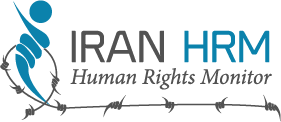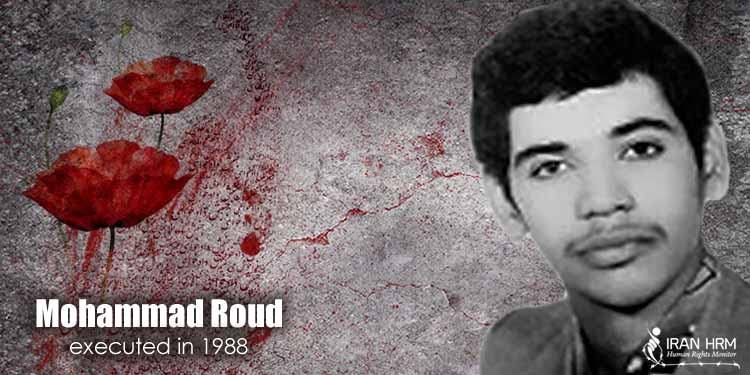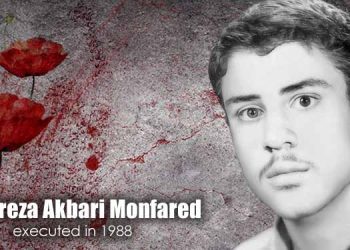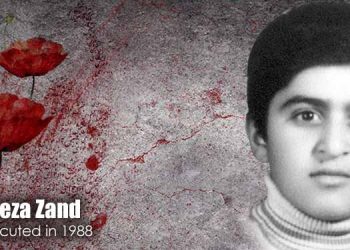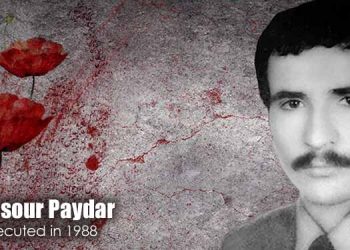Born in Tehran, Mohammad Roud studied mine engineering at Tehran University.
After the victory of the 1979 Revolution, he started his political activities and came to know the People’s Mojahedin Organization of Iran (PMOI/MEK).
He was arrested on June 18, 1981, and immediately taken under torture to extract information about his friends. The Revolutionary Court sentenced Mohammad Roud to 15 years in prison. He served his sentence in Evin and Gohardasht prisons.
His cellmates say Mohammad was high spirited and inspiring to others. He was frequently taken under torture and confined in solitary because of speaking out his support for the PMOI.
Mohammad’s last visit was in May 1988 in Gohardasht Prison where he told his mother: “It appears that you will not see me again. Just pray for me!”
Mohammad’s prediction proved to be true. The revolutionary guards executed him among the first group of prisoners massacred in the summer of 1988.
Mohammad Roud was hanged in July, but his family was informed of his execution in December.
After months of following up on his case, finally in June 1989, the Revolutionary Prosecutor’s Office informed his mother that Mohammad Roud had been buried in Section 105 of Tehran’s Behesht-e Zahra Cemetery.
1988 Massacre of Political Prisoners in Iran
A Crime Against Humanity
The Facts
- In 1988, the Iranian regime massacred 30,000 political prisoners.
- The executions took place based on a fatwa by Supreme Leader Khomeini.
- Three-member commissions known as ‘Death Commissions’ were formed across Iran sending political prisoners who refused to abandon their beliefs to execution.
- The victims were buried in secret mass graves.
- The perpetrators continue to enjoy impunity.
- Since 2016, the names of nearly 100 ‘Death Commission’ members have been revealed. Many still hold senior positions in the Iranian judiciary or government.
The Human Rights Council needs to conduct an international investigation into the 1988 massacre. This would be the first step to end the impunity for the officials, agents and those who ordered the largest political crime of the century.
Khamenei and other leaders of the regime need to be prosecuted and face justice for committing crimes against humanity.
